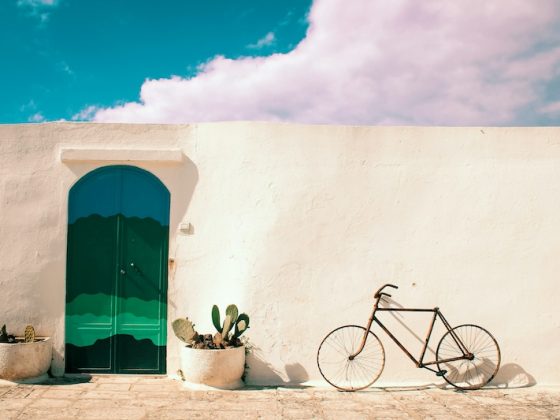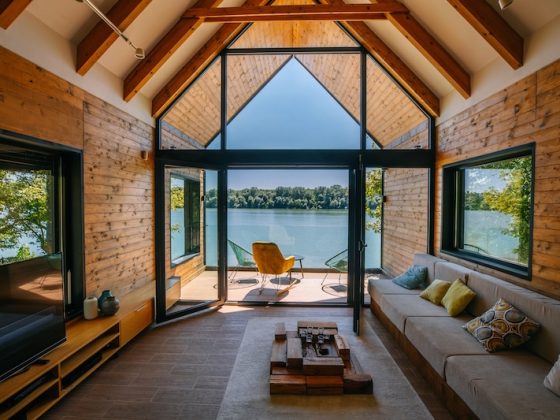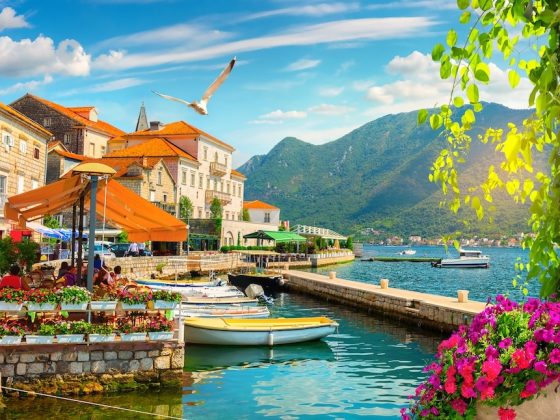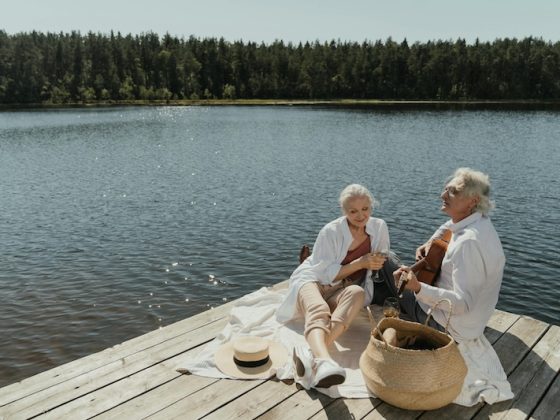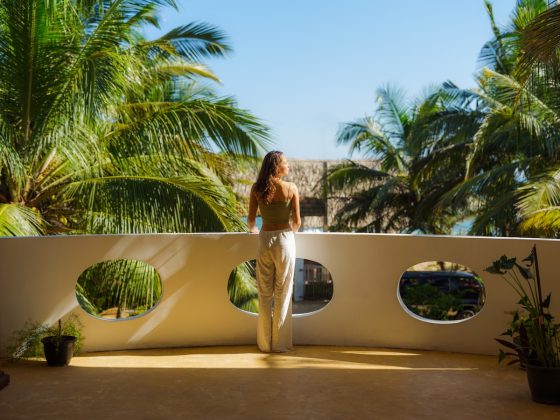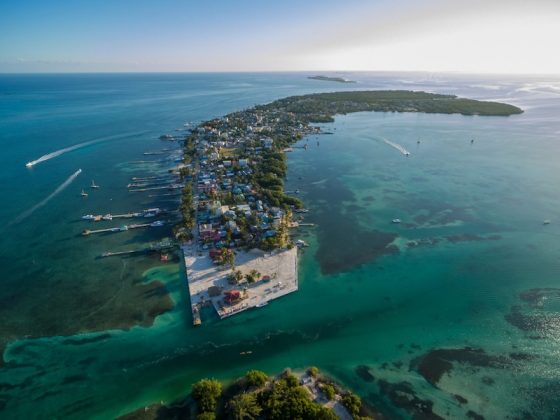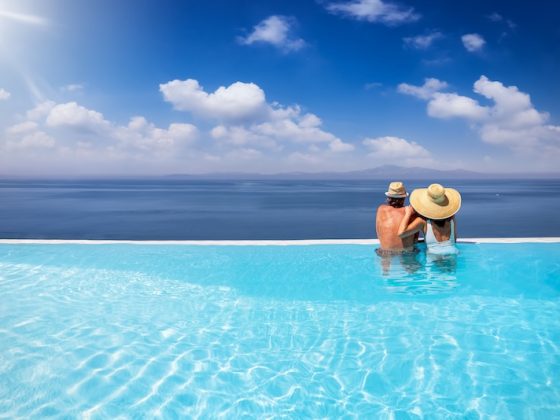Comparing Teak to Alternative Hardwoods
Teak is highly prized around the world for its multiple uses. It is a popular material for outdoor applications in particular, owing to its inherent resistance to moisture, insects, and decay. Teak may be found as the basis for patios, yacht flooring, or deck chairs, among other forms of wood objects that must withstand inclement weather. However, the global supply of teak is quickly being outstripped by demand. Although plantation teak is a more affordable, sustainable, accessible option than old-growth teak from endangered Southeast Asian forests, there are some lumber projects that may instead opt for another form of hardwood in place of teak. These alternative hardwoods have distinct pros and cons, and it takes a discerning lumber expert to determine whether any of them are truly suitable for a project that calls for the unique qualities that teak brings to the table.
Shorea
From the contested rainforests of Southeast Asia comes teak’s closest alternative: shorea. This particular tropical hardwood has a similar heft and hardness to teak, as well as comparable density. It has a tight grain and is suitable for detailed carving. Thanks to its high oil content, it is largely resistant to rot and insect infestation. When freshly cut, shorea exhibits a light golden hue, which can be maintained if quickly varnished. Left untreated, the color fades over time into a silvery gray shade, not unlike that of older teak.
Despite its many similarities to the pricier wood, shorea is more affordable than teak due to the simple laws of supply and demand. Despite an increasing demand from buyers looking for serviceable alternatives to teak, shorea plantations can provide sufficient quantities of timber to fulfill their needs.
Unlike its costlier counterpart, shorea wood has enjoyed stricter regulations on timber harvesting for a longer period of history, sufficiently preserving Southeast Asia’s shorea stockpile. Until investors provide the necessary capital to make teak plantations as widespread as supplies of shorea, the alternative hardwood’s greatest advantage is its availability.
Iroko
Also known as “African teak,” or kambala, iroko is an extremely tough hardwood from West Africa that is sometimes even called “poor man’s teak.” It has similar properties, including strength, hardness, and resistance. Iroko commonly grows to heights of up to 150 feet and diameters of 7 feet, providing a generous quantity of lumber for harvesting. While iroko is less flexible than teak, for most outdoor applications this quality can be overlooked. It is a mineral-heavy wood and is therefore abrasive to cutting tools, but proper equipment can alleviate this particular shortcoming.
Iroko has a different look than teak, with its medium brown heartwood, paler sapwood, and wavy grain. It can be finished to a high shine that emphasizes its warm golden brown hue. Although it has yet to be used widely in marine applications, iroko’s cost – around one-third that of teak – makes it an appealing option to consider.
Ipe
Commonly known as Brazilian walnut, ipe is one of the multiple types of lumber sold as “ironwood,” so named for their incredible toughness. Ipe is a particularly impressive specimen of hardwood, three times harder than cedar and so dense that it sinks in water. It also resists surface scratches. Its natural oils render it resistant to insects, rot, and decay, and make it suitable for use in wet environments. For example, parts of the famous boardwalk at Coney Island are made from ipe wood, which can last 25-50 years outdoors if well cared for.
Ipe is surprisingly flame-resistant, nearly to the same extent as concrete and steel, and stays cool to the touch when it encounters heat. However, this superpower is offset by its disadvantages, which include the excessive oiliness that makes it difficult to paint the wood and its extreme hardness that prevents any intricate woodworking from being done with it. Unfortunately, South American sources of ipe wood may not be sustainable.
Other, less commonly cited substitutes for teak include mahogany, bubinga, eucalyptus, and treated maple. Ultimately, however, there is no true substitute for genuine teak hardwood, whose unique properties have made it the standard for quality outdoor and indoor construction for decades. However, the demand for teak threatens to outstrip its supply unless investors ensure the continued growth of plantation teak in Central America. For more information on how you can invest in sustainable teak growth, contact us.
In-demand, yet of dwindling supply in the marketplace, Teak is a remarkably valuable hardwood that is extremely durable, practical, and beautiful. Are you looking for a Plan B? Second residency? Generational income?
Learn how you can achieve all this with investing in Teak here.
Here are more great articles on teak:
Why is Teak a Strong Investment?
Global Teak Markets: A Historical Perspective
The Ultimate Guide To Investing In Teak Wood
Contact Author
"*" indicates required fields
Stay Ahead on Every Adventure!
Stay updated with the World News on Escape Artist. Get all the travel news, international destinations, expat living, moving abroad, Lifestyle Tips, and digital nomad opportunities. Your next journey starts here—don’t miss a moment! Subscribe Now!



